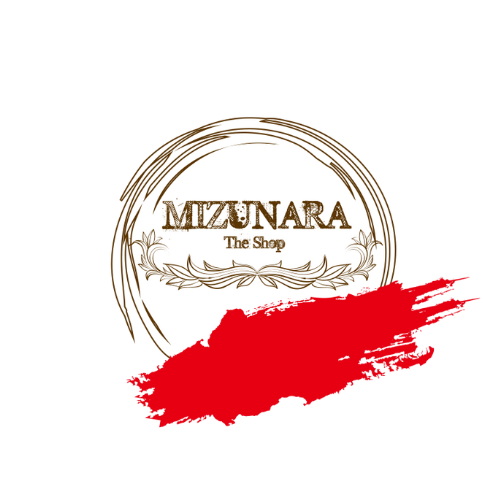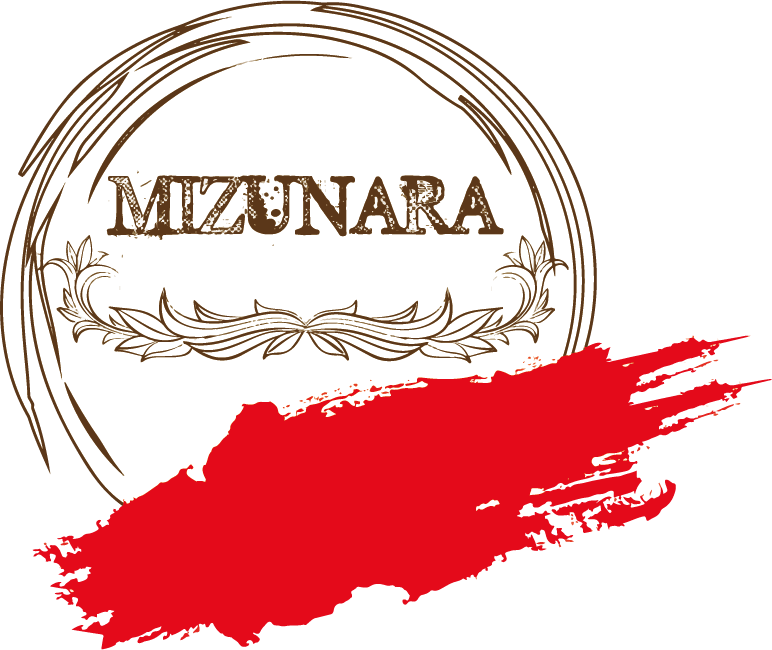The tradition of Japanese whisky production, intertwined with Scottish influences, has a rich history marked by innovation and blending expertise. However, recent years have seen a surge in demand for Japanese whisky, prompting the need for clearer labelling standards to distinguish authentic products from imitations.
Historical Context: Japanese whisky's evolution traces back to figures like Masataka Taketsuru, who honed his craft in Scotland before returning to Japan. Blending, a cornerstone of whisky making, has allowed Japanese distilleries to create diverse flavour profiles, epitomised by iconic brands like Hibiki. Importation of bulk spirits, sometimes matured further domestically, has been common, facilitated by Japanese companies' ownership of Scottish distilleries.
Regulatory Changes: Until recently, Japanese whisky lacked stringent labelling regulations, leading to ambiguity about the spirit's authenticity. With the industry's global rise, concerns over misleading branding prompted action. In February 2021, the Japan Spirits & Liqueurs Makers Association introduced new labelling standards, defining what constitutes Japanese whisky. Key criteria include ingredient sourcing, production location, aging process, and bottling procedures.
Implications and Adoption: While these standards are voluntary, they signify a pivotal shift toward transparency and consumer trust. Producers are urged to adhere to the guidelines, ensuring that products labeled as Japanese whisky meet specific criteria. This move aims to uphold the integrity of the category amid its expanding popularity.
At MIZUNARA, we advocate for transparency in the whisky industry, embracing the diversity of global blends alongside traditional Japanese offerings. We view the new standards as a positive step forward, fostering clarity and informed consumer choices. As we update our product categories to reflect adherence to these standards, we invite inquiries and offer transparency regarding our listings.
The introduction of standardised labelling marks a new era for Japanese whisky, emphasising authenticity and quality. While challenges persist, the industry's commitment to transparency sets a precedent for integrity and consumer confidence. As enthusiasts savour both Japanese and world blends, they can do so with clarity and assurance, appreciating the craftsmanship behind each sip.


